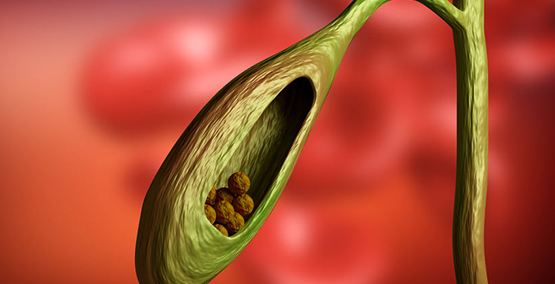
The Latest and greatest treatments for IBD: What to believe
What’s the best IBD medicine for me? Confusion on television and in your inbox....
See moresign up for our newsletter
SubscribeGallstones and gallbladder disease is much more common in Crohn's disease than in ulcerative colitis. That's because Crohn's disease often affects the terminal ileum, and sometimes surgery is needed to that area. The area is the end of the small intestine, where it meets the large intestine, right near the appendix. That's also the area where the body normally absorbs bile acid that helps to eliminate cholesterol. When the cholesterol isn't eliminated, it can deposit and build up into stones in the gallbladder. Those gallstones usually go on to cause inflammation in the gallbladder.

Symptoms of Gallstones and Gallbladder Disease
It's easy to think that the symptoms of gallbladder disease are just another flare of Crohn's disease. Both can cause sharp pain, nausea and vomiting, bloating and fevers. But the pain in gallbladder disease is usually right after a meal and in the upper right; the vomiting may be more intense.
Diagnosing Gallstones and Gallbladder Disease
The best test is usually an ultrasound of the right upper part of the abdomen, But if that doesn't show the stones or thickening of the gallbladder wall, other tests may help:
Diet to Prevent or Treat Gallbladder Disease and After Surgery
Since the gallbladder may not be working well or after it's gone, it can't release bile normally. So fats won't be absorbed as well and that may cause nausea, bloating and malabsorption. The best ways to prevent that:
This article, as well as all others, was reviewed and edited by a member of our Medical Advisory Board.
Subscribe Be the first to know